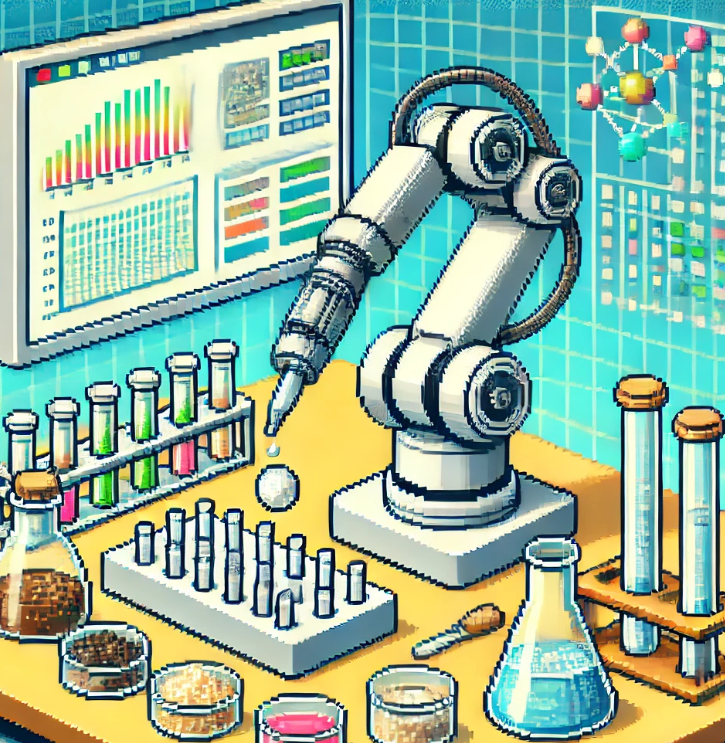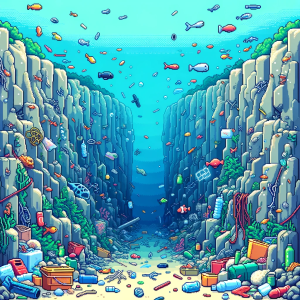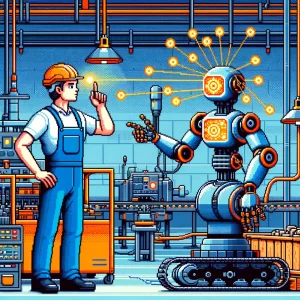
Discovering Eco-Friendly Plastics
Plastic pollution is a pressing global issue. Despite the convenience and utility of petrochemical plastics, their non-biodegradable nature leads to significant environmental harm. As a result, scientists are fervently seeking biodegradable alternatives that can replicate the beneficial properties of traditional plastics. In a recent study, a team of researchers introduced an innovative method to develop eco-friendly plastic substitutes using advanced robotics and artificial intelligence (AI). This blog will break down their groundbreaking approach, explaining its significance in a straightforward, engaging manner.
The Challenge of Replacing Plastics
Petrochemical plastics are popular because they are lightweight, durable, and cost-effective. However, their environmental impact is severe, with less than 10% being recycled and most ending up in landfills or polluting our natural surroundings. Finding biodegradable alternatives that match the properties of conventional plastics—such as transparency, fire resistance, and mechanical strength—is a complex challenge.
Innovative Approach: Robotics and AI
To tackle this problem, the researchers developed a method that combines robotics and machine learning to speed up the discovery of all-natural plastic substitutes. This innovative workflow involves two main components: an automated pipetting robot and machine learning models.
- Automated Pipetting Robot: This robot prepared 286 different nanocomposite films using natural components. These films had varying properties, and the data collected from them was used to train a machine-learning model.
- Machine Learning Models: Through 14 cycles of active learning, the model was trained and improved using both real and augmented data. This model could then predict the properties of new nanocomposites based on their composition and suggest ideal biodegradable plastic substitutes.
Key Steps in the Process
The process began with the automated robot creating numerous nanocomposite films. These films were analyzed to gather data on their properties, which were then used to train a support-vector machine classifier. This classifier helped in predicting the physicochemical properties of new nanocomposites.
Next, the researchers employed an artificial neural network (ANN) model. This model performed two crucial tasks:
- Predicting the properties of nanocomposites from their composition.
- Automatically designing biodegradable plastic substitutes that meet specific user requirements.
Achieving Programmable Properties
The researchers demonstrated that their prediction model could effectively design biodegradable plastics with desired properties. For instance, the model could suggest materials that are transparent, fire-resistant, and mechanically robust, similar to conventional plastics. This capability is essential for creating practical and versatile biodegradable plastic substitutes.
Benefits of the New Method
This integrated approach offers several advantages:
- Speed: The use of robotics and AI significantly accelerates the discovery process, reducing the time needed to find suitable biodegradable plastics.
- Precision: The prediction model can accurately design materials with specific properties, eliminating the need for countless trial-and-error experiments.
- Sustainability: By focusing on all-natural components, this method supports the development of environmentally friendly plastic alternatives.
Future Implications
The success of this method could revolutionize the plastic industry. By making it easier and faster to discover biodegradable plastic substitutes, we can significantly reduce plastic pollution and its associated environmental impact. Additionally, this approach could be applied to other fields, such as developing new materials for construction, electronics, and more.
Hey, what do you think?
- How do you think biodegradable plastic substitutes could change our daily lives?
- What other industries do you think could benefit from similar AI and robotics integration for material discovery?
Transform Your Science World:
Get the latest and most inspiring scientific updates with ‘This Week in Science’! Perfect for educators and science enthusiasts, our free weekly newsletter delivers groundbreaking research and stories that ignite your passion for learning and teaching. Sign up today and transform your approach to science.
About the Author
Dr. Jonathan P. Scaccia, PhD, is a clinical-community psychologist with expertise in public health science and practice. He has led evaluation and research initiatives focusing on health equity, vaccine distribution, and organizational readiness. Dr. Scaccia has contributed to federal suicide prevention programs and vaccine equity strategies. He has been recognized for his impactful work and is a leading voice in advancing public health practices.



